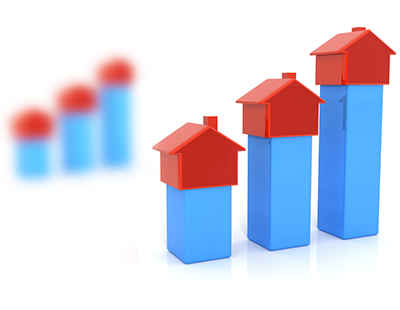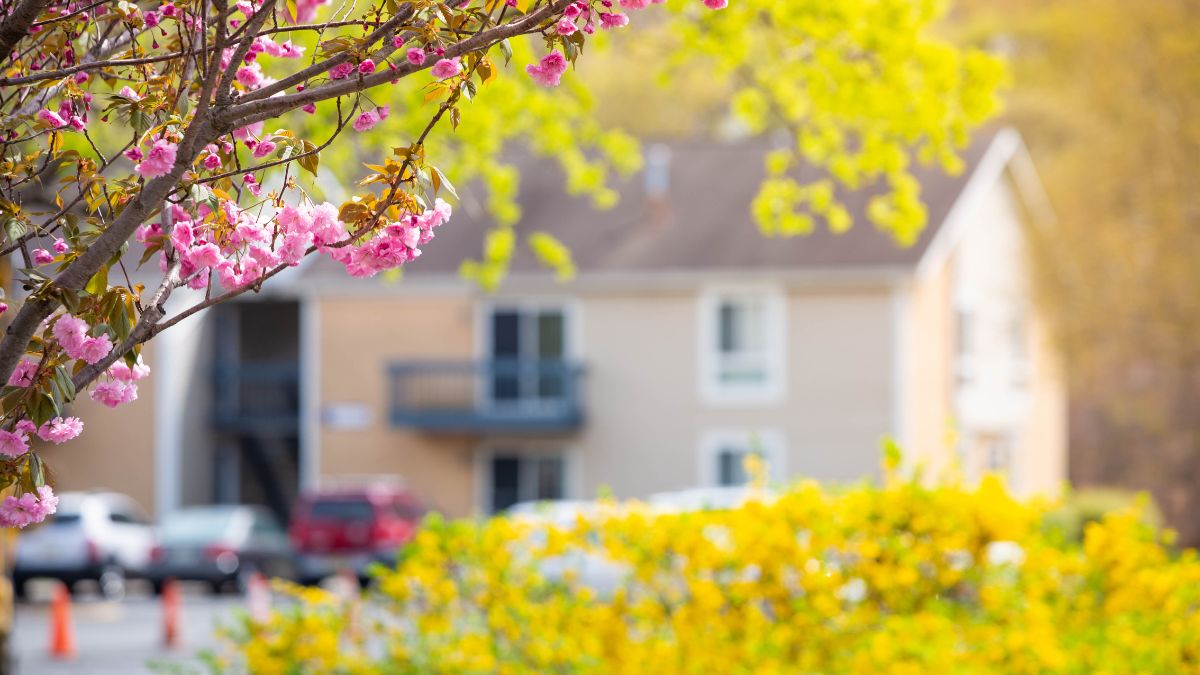A prominent lettings agency says the rental growth seen in the past year will not be repeated in 2022, as tenants face a reduction in living standards.
Hamptons says that rental growth slowed across Great Britain for the sixth consecutive month in February.
The average cost of a newly let property rose 6.7 per cent in February compared to the same month last year, down from an annual growth of 7.0 per cent in January and a peak of 8.7 per cent recorded in July 2021.
However, this still marked the strongest February for rental growth since Hamptons’ records began in 2013.
While rental growth is cooling in Southern regions (where rents have risen the most since Covid began) it’s the Midlands and North that are now picking up pace.
Rental growth in both the North and the Midlands has been accelerating for the last four months. Rents in the North rose 9.6 per cent year-on-year in February compared to 7.3 per cent in January and rental growth accelerated from 8.0 to 9.5 per cent in the Midlands.
Meanwhile the same lettings agency is warning that the record-breaking rental growth of the past year has seen tenants pay a rocketing proportion of their income just to keep a roof over their heads.
Hamptons says the average private renting households now spends 42 per cent of their post-tax income on rent, the highest proportion since the agency’s records began in 2010.
With household bills added, the average tenant household spent 52 per cent of their post-tax income on bills and rent last year.
And the agency forecasts this figure is set to hit 54 per cent by the end of 2022 as the cost of living crisis worsens.
For tenants in the expensive south east of England the position is particularly acute - they spend the highest proportion of their post-tax income on rent and bills (64 per cent in 2021), which is set to rise to 65 per cent in 2022.
Meanwhile London renters will see less of an impact as household bills here only make up six per cent f a tenant’s post-tax income.
Hamptons suggests this is partly because incomes tend to be higher in the capital, but also because properties in the capital tend to be a little smaller, newer and therefore better insulated - thus lowering fuel bills.
However, the high value of property means that London tenants still spend £23,380 on rent each year which equates to 48 per cent of their post-tax income.
Overall, London tenants are set to spend 55 per cent of their post-tax income on rent and bills in 2022, slightly up from 54 per cent in 2021 and 49 per cent a decade ago.
Tenants in the South of England have the smallest disposable incomes, compounded by strong rental growth since the start of Covid.
The South East is the only region where rent makes up more than half (52 per cent) of households’ post-tax income, with utility bills adding a further 12 per cent.
The average privately rented household in the region spent £18,490 or 64 per cent of their post-tax income on rent and bills in 2021, up from 59 per cent in 2019.
The agency warns that this could rise to 65 per cent by the end of 2022.
We're excited to announce that we're working on building a shiny new website for readers of Landlord Today! As part of this process, commenting on articles will be temporarily disabled. We look forward to sharing our new and improved Landlord Today website with you shortly!









.png)

(1).png)







.jpg)






%20(002).png)





